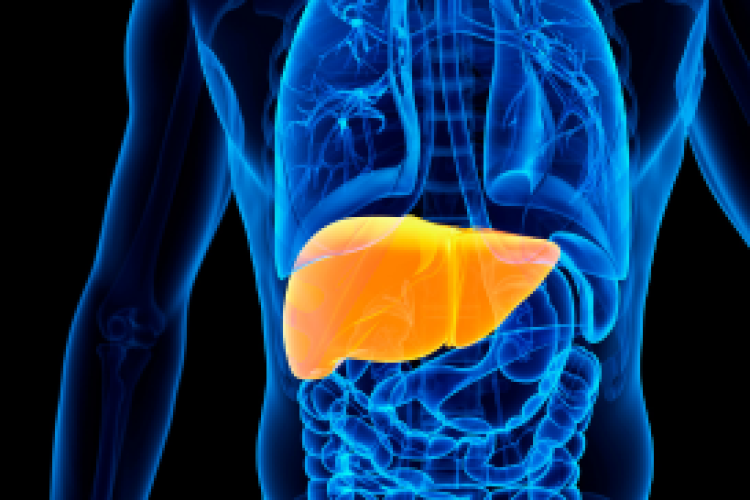Lyme disease is on the rise, according to the Centers for Disease Control and Prevention (CDC). Ticks are most active from May through July. That’s why it’s especially important to take steps to protect yourself and your family (including pets) from ticks this season. Azfar Chak, MD, Chief of Infectious Diseases at Montefiore Nyack Hospital, says the prevalence of Lyme disease is high in Rockland County.
“It’s so important to check yourself and your family for ticks after you’ve been hiking, gardening, camping or doing other outdoor activities,” Dr. Chak says.
Preventing Tick Bites
Take these CDC-recommended steps to protect against tick bites:
- Cover yourself up as much as possible if you’re going to be hiking, gardening or doing other outdoor activities. Tuck your pant legs into your socks and your shirt into your pants.
- Wear light colored clothing. Dark ticks are more easily spotted against a light background.
- Avoid areas with high grass and leaf litter and walk in the center of trails when hiking.
- Use insect repellent containing DEET, picaridin, IR3535, oil of lemon eucalyptus, para-menthane-diol, or 2-undecanone.
- Use products that contain permethrin to treat clothing and gear, such as boots, pants, socks and tents or look for clothing pre-treated with permethrin.
- Shower soon after coming indoors to wash off and more easily find crawling ticks before they bite you.
- Conduct a full-body tick check using a hand-held or full-length mirror to view all parts of your body when you return from tick-infested areas. Help your children check thoroughly for ticks, and remove any you see immediately. “If you find a tick, grasp it with tweezers, as near the skin as you can, and gently pull it straight out,” Dr. Chak says. “If you remove it before it’s been embedded for 24 hours, the tick can’t transmit Lyme disease.”
- Tumble dry clothes in a dryer on high heat for 10 minutes (or more if the clothes are damp) to kill ticks after you come indoors.
Lyme Disease Treatment
If you do get bitten, the most common symptom is a bulls-eye rash, which tends to appear anywhere from three days to a month later, Dr. Chak says. If possible, take a picture of the rash in case it disappears before the doctor sees it.
The standard treatment for Lyme disease is two to four weeks of antibiotics, most often doxycycline. People treated with appropriate antibiotics in the early stages of Lyme disease usually recover rapidly and completely.
If Lyme disease is not discovered in its early stages, it can cause serious problems later on for the heart, nervous system and bones. In these cases, treatment is more complex and may involve IV antibiotics such as ceftriaxone (Rocephin).
Some doctors describe patients who have certain symptoms—such as fatigue, pain and joint and muscle aches—after the treatment of Lyme disease as having post-treatment Lyme disease syndrome, or chronic Lyme disease. There is disagreement among doctors about chronic Lyme disease, including how to test for it and treat it, Dr. Chak notes. “There are some tests that are used to diagnose chronic Lyme disease, as well as treatments for it, but none are approved by the U.S. Food and Drug Administration,” he says. “More research is being done in this area.”
Protect Your Pets From Ticks
To protect your dogs and cats from tick bites, try to keep them out of tick-infested areas as much as possible. Check them daily for ticks and remove any you find right away. Talk to your vet about the use of tick repellent and control products for your pets.



 Upcoming Events
Upcoming Events



